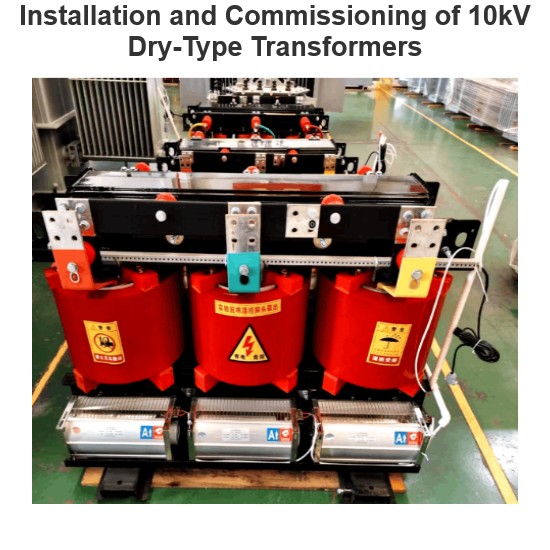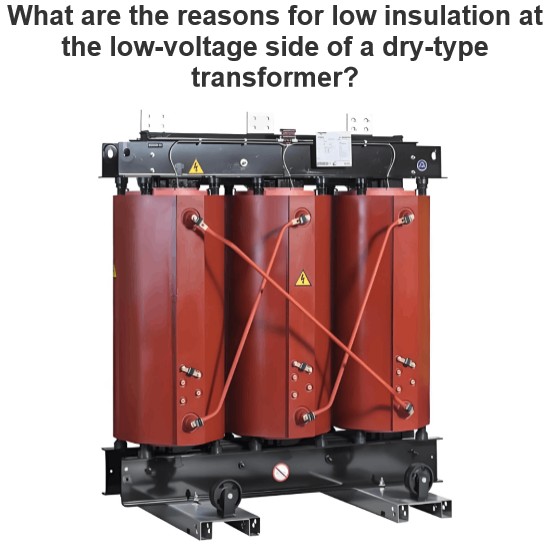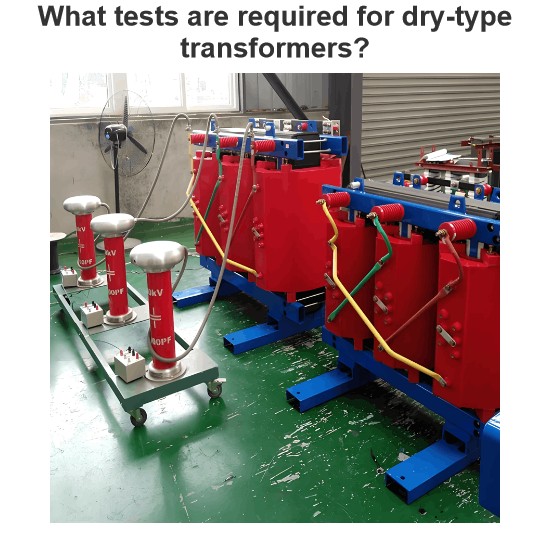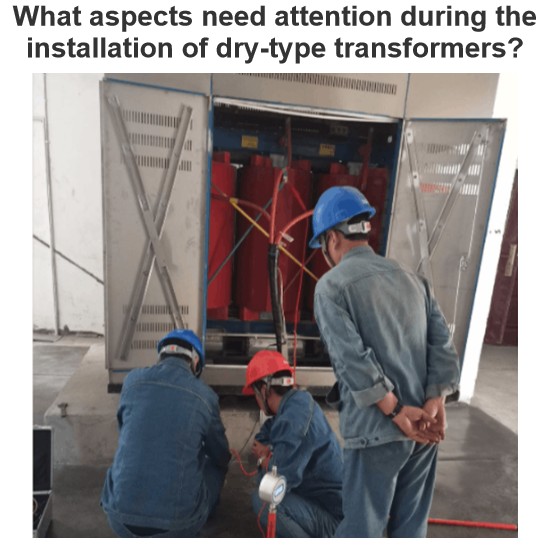What is the classification of a transformer?
Classification of Transformers
A transformer is a device that can change the alternating voltage and is widely used in power systems, industrial equipment, and household appliances. Transformers can be divided into various types according to different standards. The following are the main classification methods of transformers and their specific types:
Classified by use
Power Transformer: Used for stepping up and down voltage in power distribution systems.
Instrument Transformers: Such as voltage transformers and current transformers, used for measuring instruments and relay protection devices.
Test Transformer: Capable of generating high voltage for conducting high-voltage tests on electrical equipment.
Special Transformer: Such as electric furnace transformer, rectifier transformer, regulating transformer, capacitor transformer, phase shift transformer, etc.
Classification by the number of phases
Single-phase Transformer: Used for single-phase loads and three-phase transformer banks.
Three-phase Transformer: Used for stepping up and down voltage in three-phase systems.
Classified by cooling method
Dry-type Transformer: Relying on air convection for natural cooling or with the addition of fans for cooling, these transformers are commonly used in high-rise buildings, local lighting, and other low-capacity transformer applications.
Oil-immersed Transformer: relies on oil as the cooling medium, such as oil self-cooling, oil air-cooling, oil water-cooling, and forced oil circulation.
Classification by winding form
Two-winding Transformer: Used to connect two voltage levels in a power system.
Three-winding Transformer: Typically used in regional substations of power systems to connect three voltage levels.
Autotransformer: A transformer in which the primary and secondary windings are on the same winding.
Classification by Core Type
Core Transformer: A power transformer used for high voltage.
Shell-type Transformer: A special transformer designed for high current applications, such as electric furnace transformers and welding transformers; or used as power transformers for electronic equipment, TVs, and radios.
Amorphous Alloy Transformer: Amorphous alloy iron core transformers are made with new magnetic materials, reducing no-load current by about 80%. They are currently the most energy-efficient distribution transformers and are especially suitable for areas with low load rates such as rural power grids and developing regions.
The above is the main classification method of transformers and their specific types. Each type of transformer has its own specific application scenarios and technical features. Choosing the right transformer is essential for ensuring the stable operation of the power system.
The Electricity Encyclopedia is dedicated to accelerating the dissemination and application of electricity knowledge and adding impetus to the development and innovation of the electricity industry.













